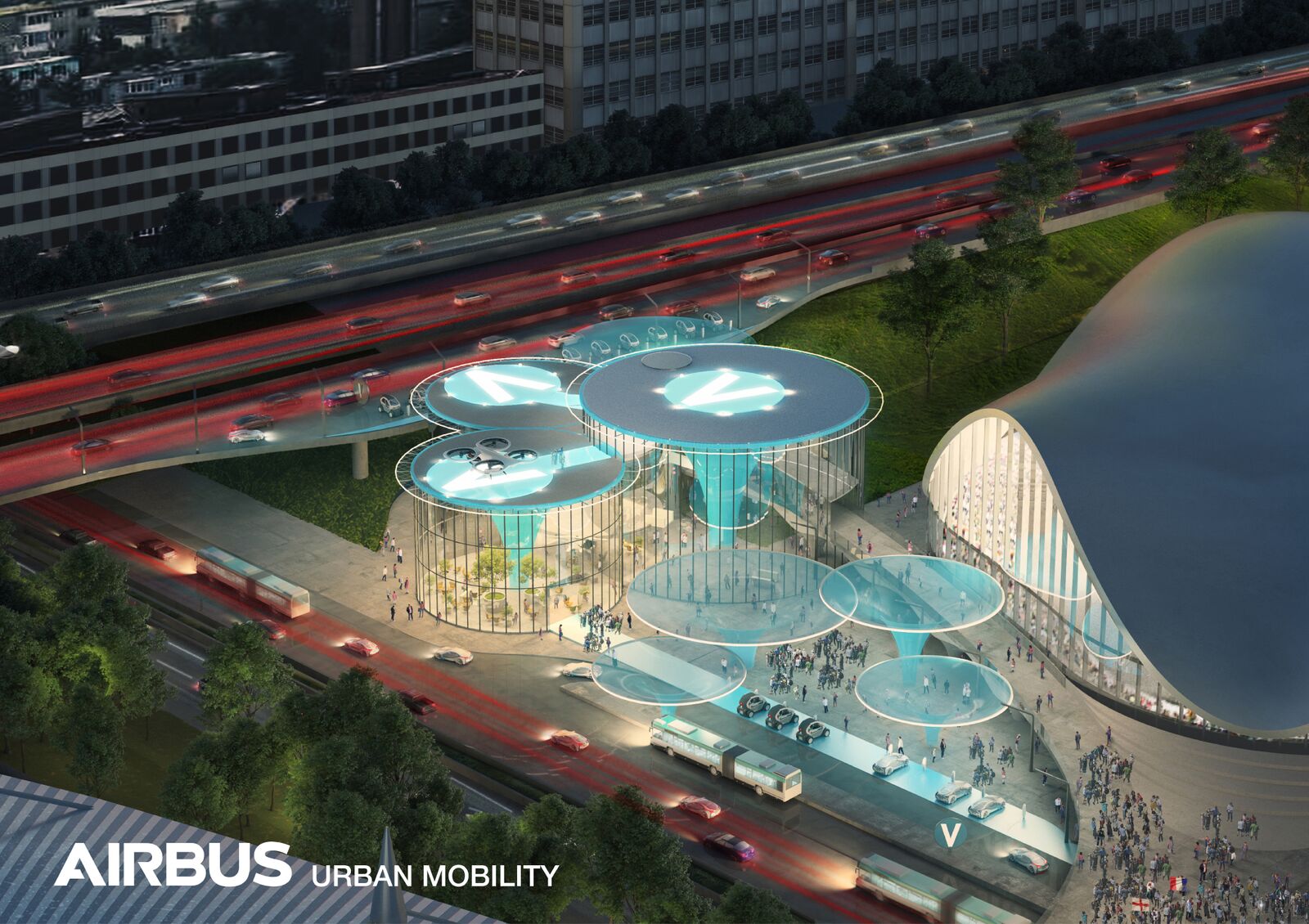We could be flying, yeah!

exc-5d2df1b6e9b5820001fc9fbc
Airbus recently announced a partnership with Groupe ADP, the RATP group, the Paris Ile-de-France region and the French civil aviation authority (DAGC) for the development of urban air mobility (UAM) in Paris. The French manufacturer has launched vertical take-off and landing (VTOL) technology demonstrators Vahana or CityAirbus. But, it is working on a different vehicle that would be ready to demonstrate in the 2024 Paris Olympics time-frame.
Airbus has dipped a toe into the UAM pool with helicopter operator Voom in Mexico City and São Paulo already. With the Paris Olympics 2024 demonstration, Airbus hopes to set the tone for autonomous and fully electric aerial travel for future commercial services.
Revolution.Aero spoke to Vincent Loubière, director, city integration and infrastructure, Airbus Urban Mobility, to gain further insight on the subject.
Revolution.Aero: How do you plan to launch flight over populated areas?
Vincent Loubière: We will be using the existing helicopter routes. We do not want to reinvent the wheel. This project is also backed and blessed by the local French authorities (DAGC), so the idea is to use this context as a frame to our sandbox and together determine new procedurals and impact studies to plan flight over these areas. We will then have a reference for determining the best integration channel into mobility and into the government context.
RA: Which eVTOL will carry out the demonstration at the Paris Olympics in 2024?
VL: We are evaluating our options and so we have not decided which vehicle will be flying. But it will certainly be an Airbus vehicle flying at the demonstration.
RA: How will you overcome the social fears of autonomous flight?
VL: The acceptance is largely linked to autonomy. But there are other limitations to acceptability. To achieve autonomy itself, the first step is air traffic management. We intend to work on this with the authorities by testing our manned traffic management system in the chaos of the region in the coming months.
Then there is the vehicle itself and the system onboard. Airbus’s Vahana is equipped with such systems. Also, the team working on project Wayfinder, A^3 by Airbus, our innovation outpost in Silicon Valley, is looking into autonomous technologies and working very closely with FAA and EASA to certify the systems.
“We want to service the Olympics. So, one of the routes will be from Charles de Gaulle airport to Saint-Denis, where the games will be taking place.”
RA: What is the very next step?
VL: The immediate next step would be researching the ideal sites we would like to fly to. There are portions of helicopter routes already existing, but to reach the exact sites we are targeting, we need to expand those routes. So, we need to work closely with the authorities to see if we can expand the routes. We will also determine what is acceptable in terms of safety criteria.
RA: Can you give some examples of the routes you are considering?
VL: We want to service the Olympics. So, one of the routes will be from Charles de Gaulle airport to Saint-Denis, where the games will be taking place. Today we are using it as a reference study to determine the framework of the operation. We will examine with the authorities what is achievable through diagnostics. If we are not able to certify Saint-Denis, maybe it will be a bit further away.
RA: How will you handle competition?
VL: Making a vehicle is one thing, certifying it is another and flying it in a city is a completely different thing. I think Airbus is very well-positioned for any of those dimensions. We are aware of the difficulties of certifying and I think we have the tools to make these things happen in the city context.
Loubière foresees first trial flights for the demonstration to take place prior to the Olympics, to see how it affects the local areas. Airbus is planning initial flights between 2022 and 2023.
However, offering the commercial service will require a certified fleet of vehicles, an efficient air traffic management system, integration of the air mobility service with other mobility services and the necessary physical and digital infrastructure.







